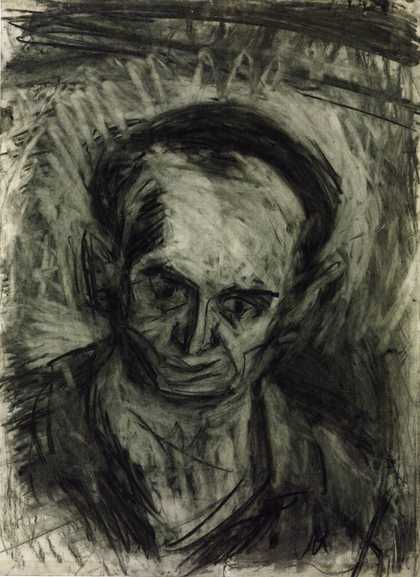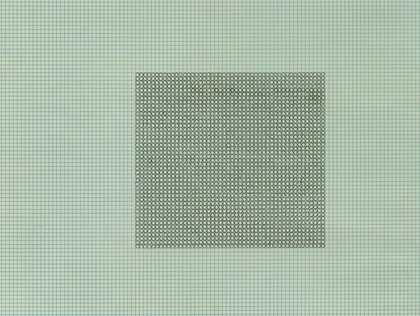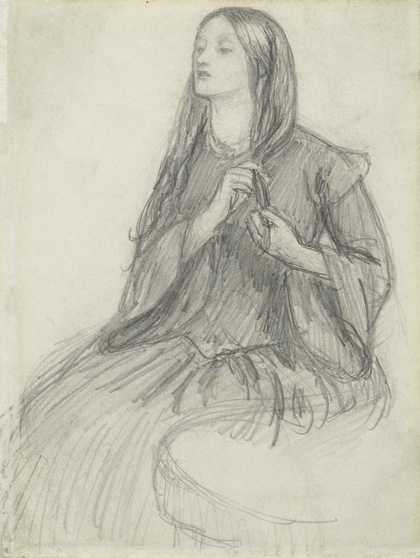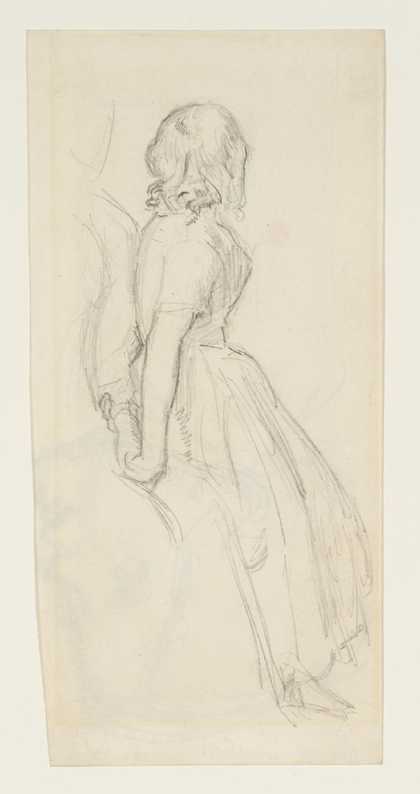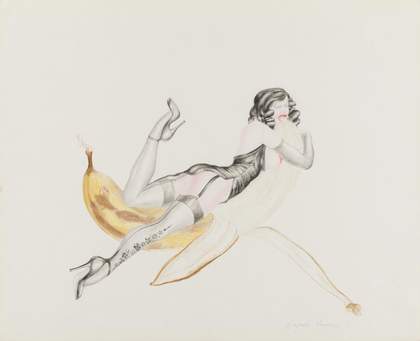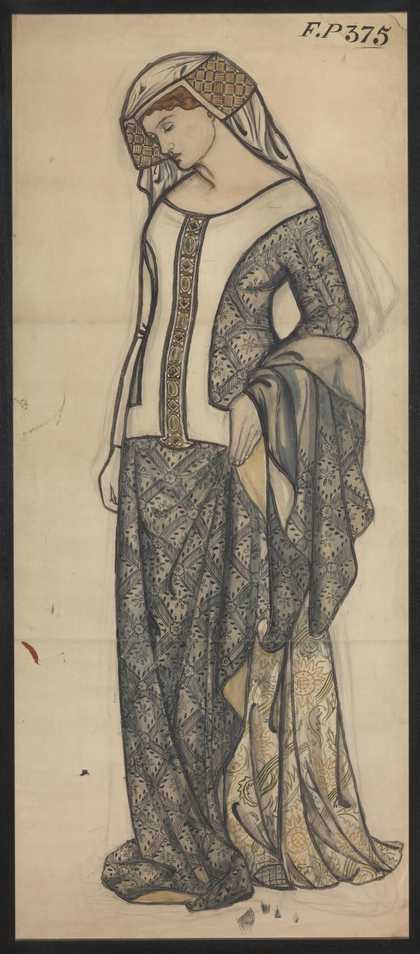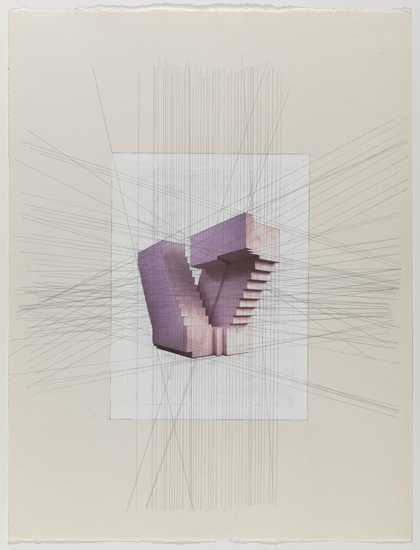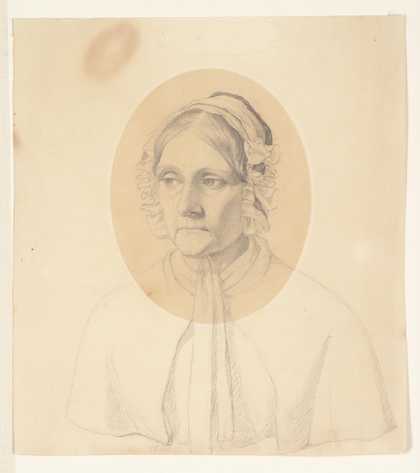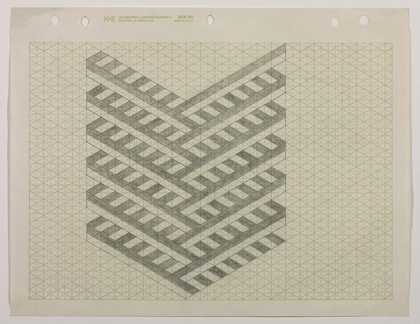
Carl Andre
Drawing for ‘The Perfect Painting’ (1967)
Tate
Graphite is a crystalline form of carbon and is useful as a writing and drawing tool, as only the slightest pressure is needed to leave a mark. It has a greasy texture and is dull metallic grey in colour. Graphite is a stable and permanent material but can easily be removed using an eraser.
Graphite is soft and brittle so, unless being used as a drawing material in powder form, it requires some form of protective casing. The exact date and origin of the first graphite pencils is unknown but it is thought that the first graphite sticks encased in wood appeared around 1565, shortly after the discovery of natural graphite in Cumberland in Britain. Graphite also occurs naturally in Siberia, Bavariain Germany, and in the United States of America. It can, however be made artificially by heating cokes at high temperatures, known as the Asheson process.
Today graphite is usually referred to as ‘pencil’ or occasionally ‘lead pencil’. This name came about because prior to the discovery of graphite, lead had been used since ancient times as a writing tool. Graphite was thought to be a form of lead until 1779, when K.W. Scheele, a Swedish chemist, discovered that the so-called lead used in pencils, was in fact a mineral form of carbon. It was named ‘graphite’ from the Greek word for writing. The term pencil derives from the Latin word for brush, ‘penicillum’.

